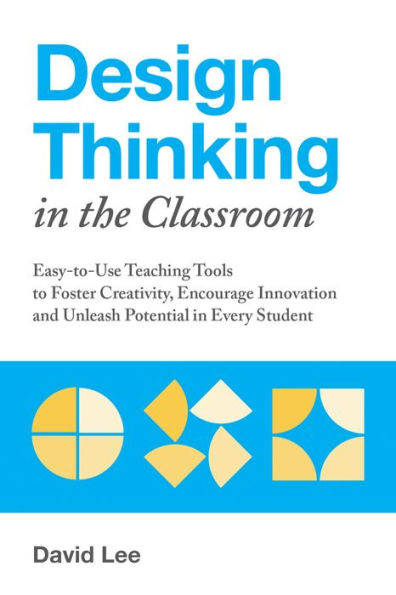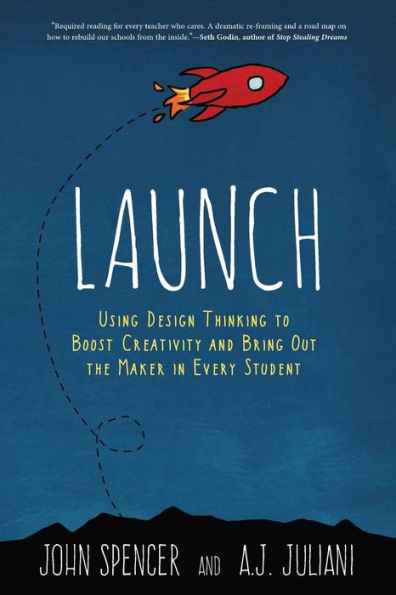Home
Design Thinking the Classroom: Easy-to-Use Teaching Tools to Foster Creativity, Encourage Innovation, and Unleash Potential Every Student
Loading Inventory...
Barnes and Noble
Design Thinking the Classroom: Easy-to-Use Teaching Tools to Foster Creativity, Encourage Innovation, and Unleash Potential Every Student
Current price: $15.95


Barnes and Noble
Design Thinking the Classroom: Easy-to-Use Teaching Tools to Foster Creativity, Encourage Innovation, and Unleash Potential Every Student
Current price: $15.95
Loading Inventory...
Size: Paperback
*Product Information may vary - to confirm product availability, pricing, and additional information please contact Barnes and Noble
Harness the revolutionary power of design thinking in the classroom setting with this informative guide for teachers, educators and school leaders.
Whether your students are tackling project-based learning or developing solutions in the STEM maker lab, design thinking will help them be more innovative. The design-thinking process, practices and mindsets teach 21st-century skills such as adaptability, collaboration and critical thinking.
The design thinking program described in this book helps develop students’ mindsets in a way that is more conducive to producing innovative solutions. It allows students to apply their creativity to tackle real-world issues and achieve better results through the use of its five learning phases:
• Empathize
• Define
• Ideate
• Prototype
• Test
Whether your students are tackling project-based learning or developing solutions in the STEM maker lab, design thinking will help them be more innovative. The design-thinking process, practices and mindsets teach 21st-century skills such as adaptability, collaboration and critical thinking.
The design thinking program described in this book helps develop students’ mindsets in a way that is more conducive to producing innovative solutions. It allows students to apply their creativity to tackle real-world issues and achieve better results through the use of its five learning phases:
• Empathize
• Define
• Ideate
• Prototype
• Test







